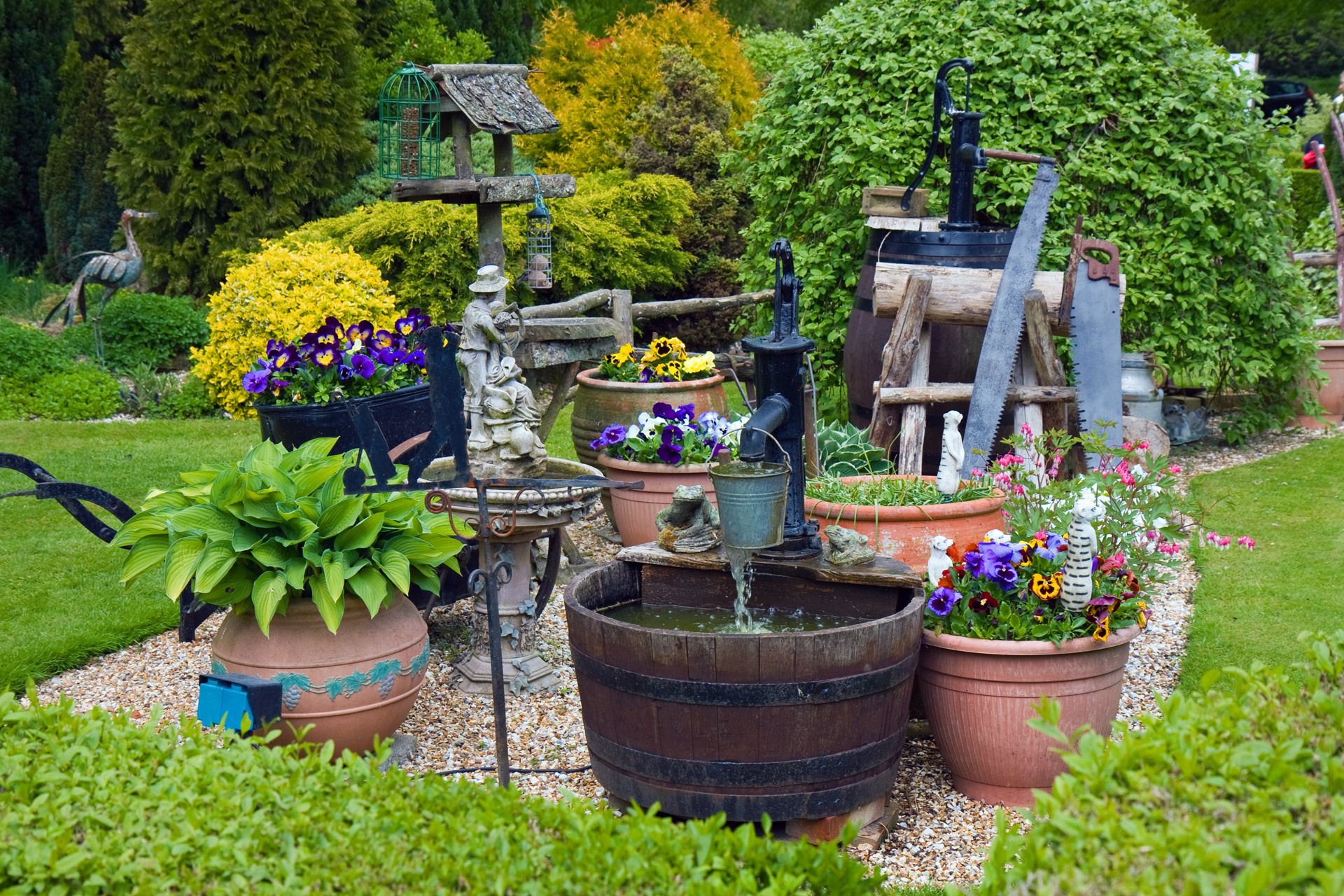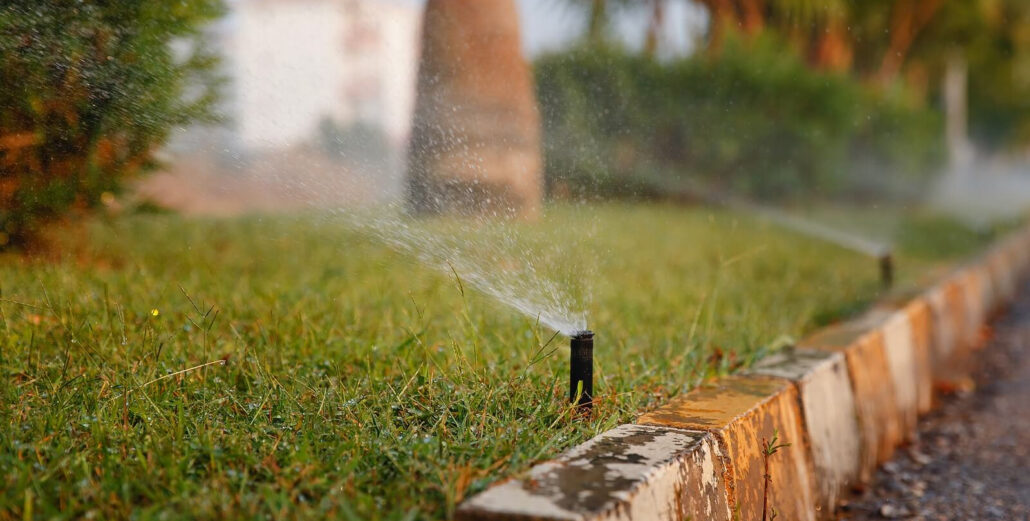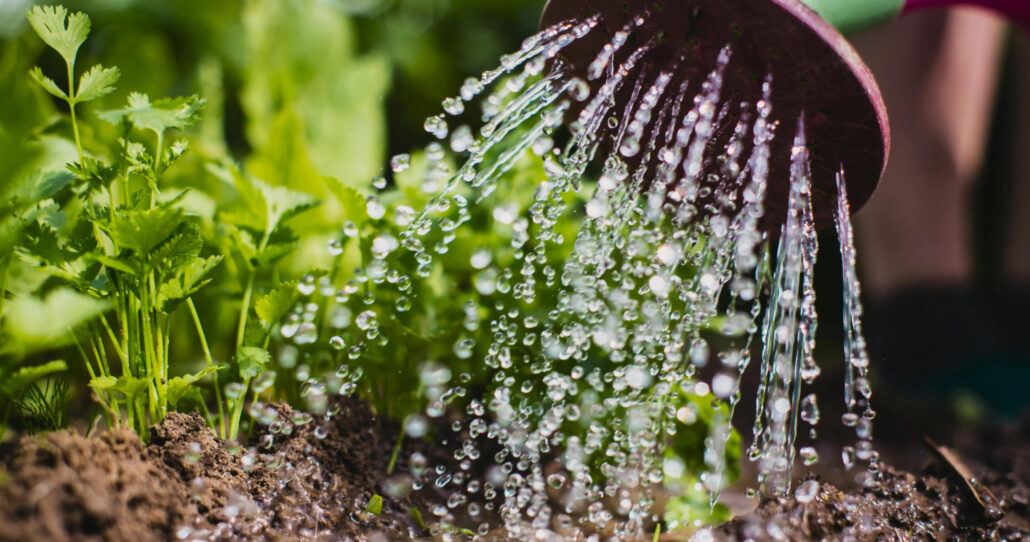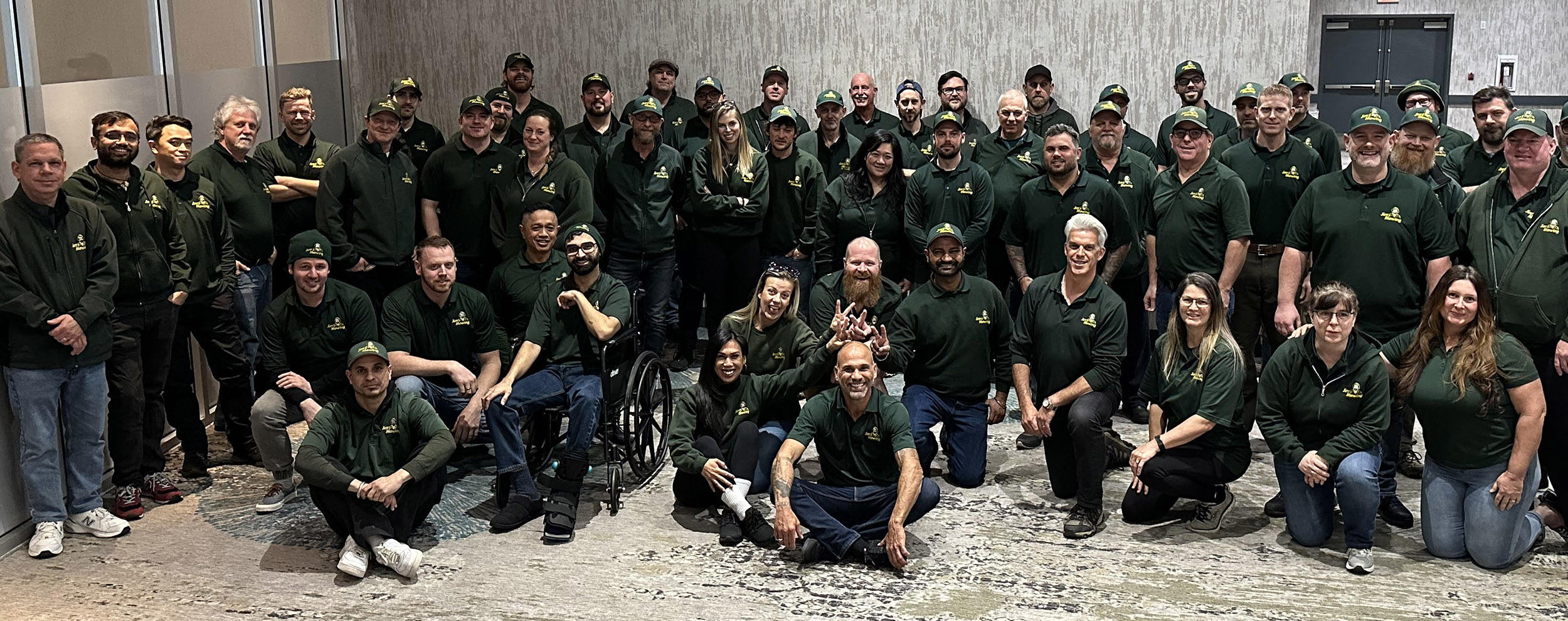
Welcome to our guide on water-efficient gardening, where we’ll share sustainable methods to help you maintain a gorgeous yard while conserving water. Whether you’re in the Okanagan, Lower Mainland, or Vancouver Island—where water can be scarce or unpredictable—adopting water-smart practices is essential. Here are our top strategies for keeping your yard stunning while using less water.
Opt for Drought-Resistant Plants
Choose plants that are adapted to dry conditions and local climates. Native and drought-resistant species are ideal, as they require less water. In the arid Okanagan, try xeriscaping with plants like succulents, lavender, and sage. In the wetter Lower Mainland and Vancouver Island, water-efficient plants such as ferns, heather, and ornamental grasses thrive with minimal irrigation.
Apply Mulch to Garden Beds
Cover your garden beds with organic mulch—wood chips, bark, or straw are great choices—to help retain moisture, suppress weeds, and regulate soil temperature. Mulching reduces evaporation and runoff, allowing your plants to make better use of available water. Don’t forget to replenish the mulch regularly to keep it effective.
Use Smart Irrigation Techniques

Use Smart Irrigation Techniques
Installing drip irrigation systems or soaker hoses ensures water is delivered directly to the roots, reducing waste from evaporation or runoff. Water your plants in the early morning or late evening when temperatures are cooler to further cut down on evaporation. Adjust your watering schedule based on the weather and seasons to prevent overwatering.
Group Plants by Water Needs
When planning your landscape, group plants with similar water requirements together. This lets you tailor your watering schedule more efficiently and helps prevent unnecessary water waste. You can also create microclimates in your garden, making space for both drought-tolerant and water-loving plants in different areas.
Enhance Soil Quality
Incorporate organic matter like compost into your garden beds to improve soil structure and water retention. Healthy soil promotes deeper root growth and better water absorption. Conduct soil tests to check pH levels and nutrients, and adjust as needed to ensure your plants have optimal growing conditions.
Harvest Rainwater
Collecting rainwater can significantly reduce your reliance on municipal water. Set up rain barrels or cisterns to capture rainwater from your gutters and use it for irrigation during dry spells. This not only saves water but also lowers your water bill.
Minimize Lawn Areas

Minimize Lawn Areas
Reduce the size of your lawn, or replace traditional grass with drought-tolerant alternatives such as native grasses or low-maintenance ground covers. Incorporating hardscaping features like patios, pathways, or rock gardens not only adds visual interest but also reduces the amount of water your yard requires. Focus on functional outdoor spaces that need less watering and upkeep.
By following these water-efficient gardening strategies, you can cultivate a vibrant, sustainable yard that requires less water. Whether you’re in the dry Okanagan or the wet coastal regions of Vancouver Island, these tips will help you save water while enjoying a beautiful, thriving garden that enhances your outdoor living space.


